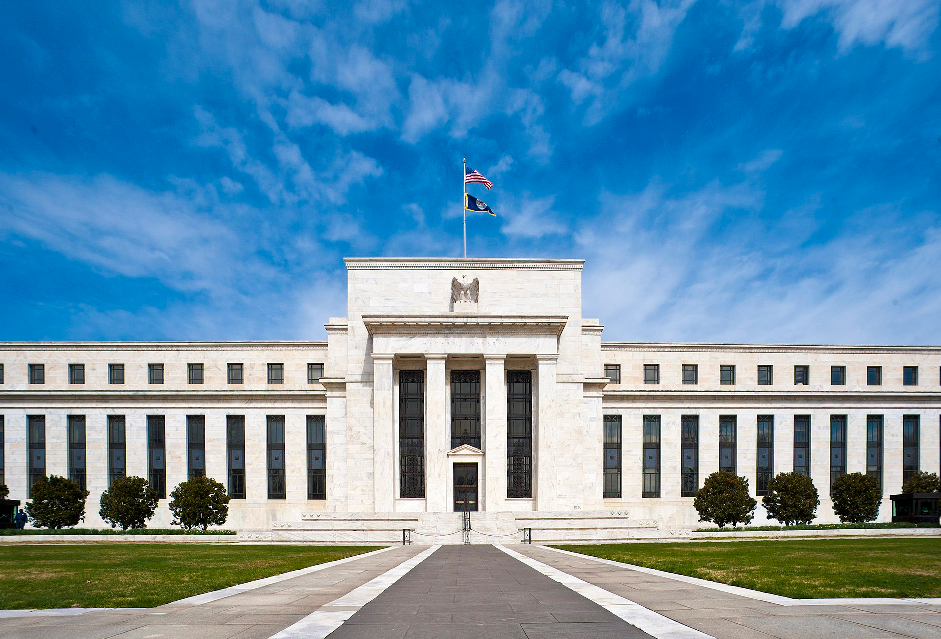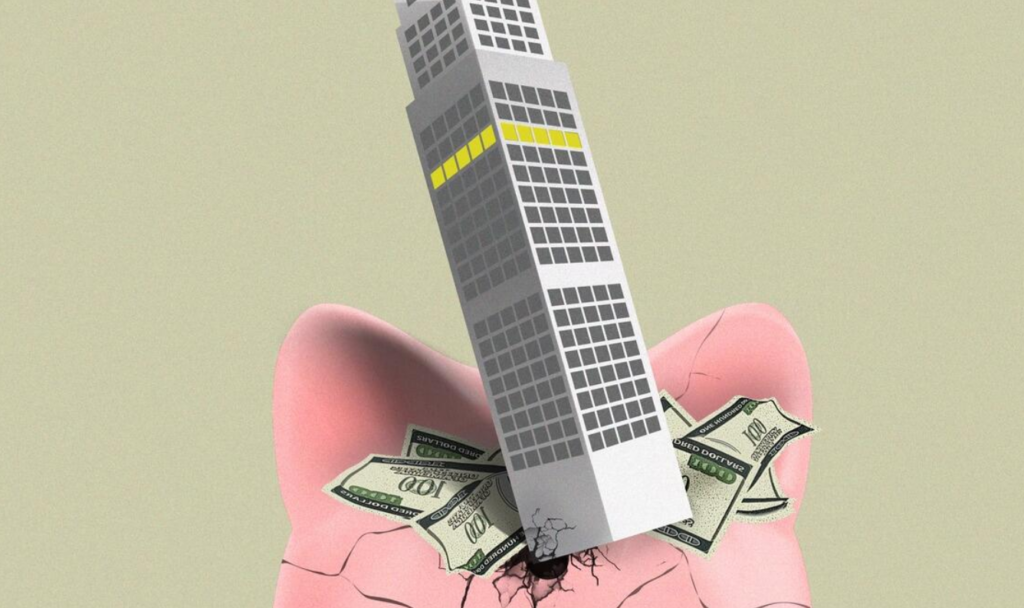“Real” Interest Rates Weigh on COMEX Gold – Craig Hemke (May 26, 2020)
by Craig Hemke , Sprott Money:

Global central banks have created trillions in fiat currency as they attempt to manage the economic impact of The Covid Crisis. Despite this, COMEX gold prices have been unable to gain traction above $1750 and move toward new highs. Why?
The answer can be found in the current inflation rate and level of inflation-adjusted or “real” interest rates.
Large institutions, managed money accounts, and HFT trading machines are driven into and out of COMEX gold futures by a number of factors. Through the years, one of the most important of these factors is the level of “real” interest rates. And what are “real” interest rates? Simply put, real rates are not the stated or nominal rate of return. Instead, the “real” rate is the nominal rate MINUS the inflation rate. See this from Investopedia: https://www.investopedia.com/terms/r/realinterestr…
If you were to calculate this yourself, think of it this way:
• (US 10-year note yield of 0.70%) – (a 2% annualized inflation rate) = -1.30% “real” return
• (US 10-year note yield of 0.70%) – (a -2% annualized inflation rate) = + 2.70% “real” return
Currently, the investment world is dealing with the deflationary impacts of the Covid-19 economic collapse. Thus, in this environment, even the paltry 0.70% yield on a 10-year U.S. treasury note can look attractive on an inflation-adjusted basis. Bonds, therefore, are a competitive alternative to gold. This lowers demand for gold exposure in all its forms and price usually falls as a result.
The opposite scenario is one where price inflation is surging higher. In this case, bondholders dramatically lose purchasing power over the life of the bond. This makes bonds unattractive relative to gold, and demand for gold in all its forms increases. This, as you might assume, is generally positive for gold prices.
So, after the quick surge in prices from $1488 to $1788 over a three-week period following the March 23 announcement of QE∞, understanding price in this real yield context can help to explain why prices have since consolidated AND why prices will eventually skyrocket.
For now, none of the global QE∞ effort has impacted inflation or inflation expectations. Even though global central bank balance sheets have grown past $20 TRILLION, the current economic impact of the Covid Crisis has created a deflationary environment.
Thus we are currently in a period of positive real interest rates, and as mentioned above, positive real rates are not conducive to a rally in COMEX gold prices…as you can see below. Prices rallied sharply with the onset of QE∞ but have since slid backward as we await the eventual onslaught of price inflation that these policies will bring.
And this “onslaught of price inflation” is an eventuality—of that, you can be certain. Why?
The economic damage due to the Covid Crisis will be long-lasting. In the U.S. alone, over 40% of those making $40,000/year or less have already lost their jobs. While some will find the same or other work eventually, it is extremely unlikely that we will ever see a return to the high growth/low inflation environment that dominated the scene from 2014-2018.
What is almost certainly coming instead is a period of significant “stagflation”, similar to what the world experienced in the decade of the 1970s. And what is stagflation? Again from Investopedia: https://www.investopedia.com/terms/s/stagflation.a…
Having been born in 1966, I don’t remember too much about the decade of the 1970s other than disco and cheesy television. However, I do also remember Gerald Ford’s “Whip Inflation Now” buttons and Jimmy Carter’s malaise speech.
An error occurred.
Try watching this video on www.youtube.com, or enable JavaScript if it is disabled in your browser.
President Nixon famously “closed the gold window” in August 1971, and the attendant fiat currency creation that followed created the inflation that Ford wanted to “whip”. The economic downturn led to the “crisis of confidence” that Carter bemoaned.
And now here we are in 2020, and the same conditions are emerging. The global central banks are utterly unhinged and unrestrained in their fiat currency creation, all while the Covid-related economic collapse does lasting economic and psychological damage.
What does this mean for you? Well, there’s one last bit of history that you need to recall. Even as nominal interest rates rose in the 1970s, they were outpaced by the price-inflation brought about by too much fiat chasing too few goods. Thus the “stagflation” of the 1970s was a boom period for precious metals and the companies that mined them.
Loading...









